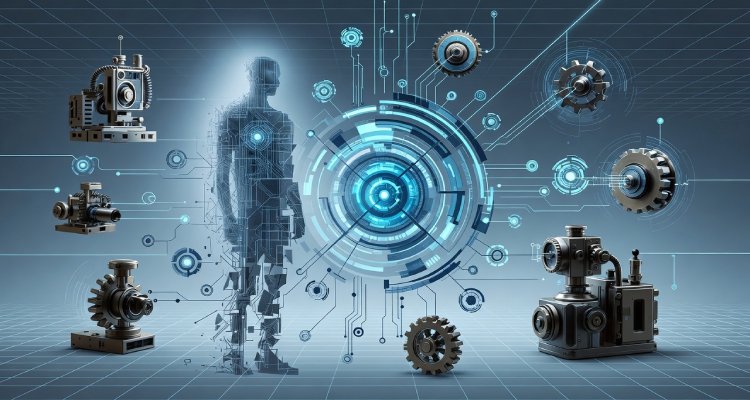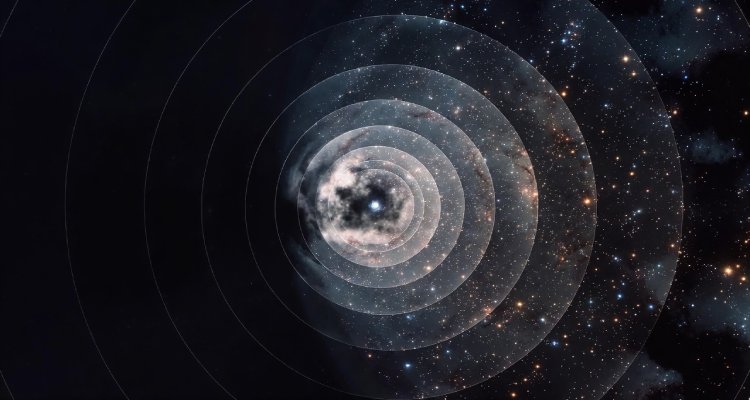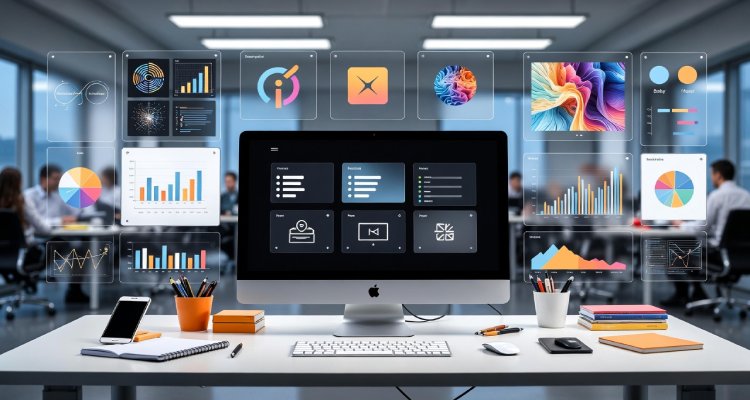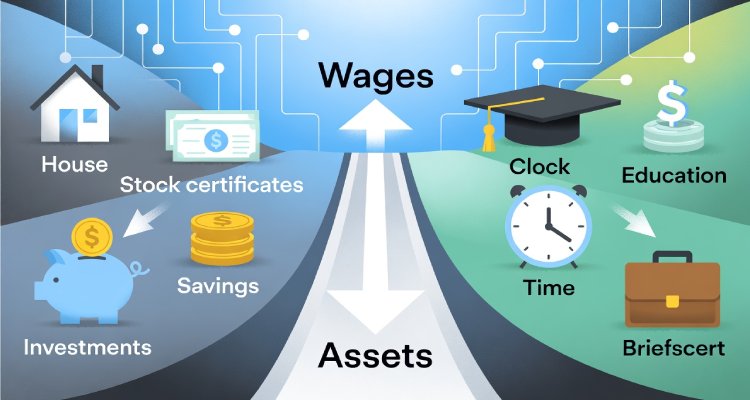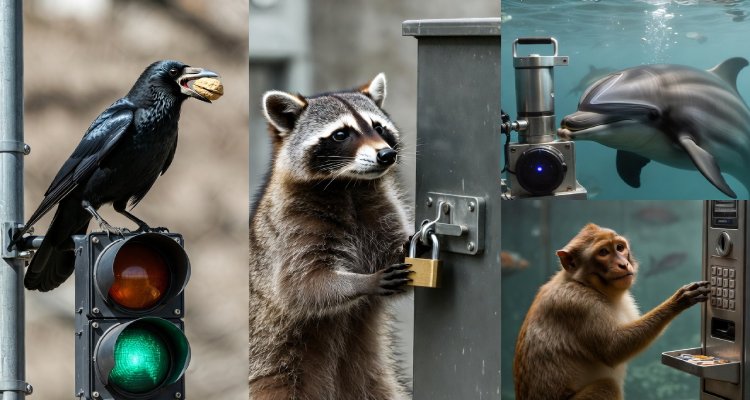Why Villains Win Today: The Antihero Era of Streaming
Streaming has shifted pop culture’s moral compass—why antiheroes and villains now reign as the new protagonists, redefining who we root for on screen.
Introduction: The Age of the Unlikable Hero
When Breaking Bad’s Walter White told viewers he was “not in danger” but the danger, audiences cheered. When You’s Joe Goldberg stalked women under the guise of romantic obsession, Twitter trended with #ProtectJoe. And when Succession’s Logan Roy spat his final profanities, the internet mourned like he was a war hero.
Welcome to the Antihero Era—where the lines between villainy and virtue are not just blurred but delightfully shattered. In the streaming age, moral ambiguity is the new currency, and villains are not just surviving—they’re winning.
Context: From Capes to Complex Characters
Traditionally, television and film followed a familiar formula: good versus evil. Heroes were paragons of virtue. Villains were mustache-twirling caricatures. But the seeds of change were planted decades ago with films like The Godfather and Taxi Driver, where flawed protagonists led the narrative.
Still, mainstream TV clung to black-and-white morality—until streaming changed the rules.
Platforms like Netflix, HBO Max, Prime Video, and Hulu gave creators freedom from network constraints, both narratively and morally. No commercial breaks. No content guidelines forcing happy endings. Just long-form storytelling where complexity thrives.
From The Sopranos to House of Cards and Ozark, this unfiltered space became a haven for characters whose moral compass points nowhere—and audiences ate it up.
The Rise of Streaming’s Antiheroes
Streaming hasn’t just changed how we consume content—it’s changed what we consume. Today, antiheroes dominate the algorithm.
1. “Breaking Bad” and the Birth of a Modern Blueprint
AMC’s Breaking Bad (now a streaming staple) redefined character arcs. Walter White, a mild-mannered chemistry teacher turned drug kingpin, wasn’t just compelling—he was aspirational to some. Creator Vince Gilligan’s gamble paid off: audiences didn’t just tolerate evil; they invested in it.
2. “You” and the Allure of Justified Obsession
Penn Badgley’s portrayal of Joe Goldberg—a serial killer with a literary soul—illustrates how deeply streaming’s emotional intimacy works. With narration and personal POVs, streaming shows let viewers inside the villain’s head, breeding empathy even where it’s unwarranted.
3. “Succession,” “Barry,” “The Boys” and Beyond
From media moguls to sociopathic superheroes, the villain-turned-protagonist model has spread across genres. Succession’s Roy family, Barry’s hitman turned actor, and The Boys’ Homelander are all morally corrupt—but endlessly watchable.
Why Audiences Love Villains Now
It’s not just clever writing or shock value. Cultural shifts are driving the popularity of morally gray characters.
“Antiheroes feel more real,” says Dr. Jennifer Cross, a media psychologist at UCLA. “They reflect the contradictions within us—ambition, anger, ego—and invite us to engage without judgment.”
In an era of deep political polarization, economic uncertainty, and societal disillusionment, traditional heroes often feel outdated. Real life rarely presents clear good guys and bad guys—so viewers are gravitating toward stories that mirror that moral messiness.
Social media also plays a major role. Memes, reaction videos, and fandom edits celebrate villainous acts with irony and detachment, turning characters like Joe Goldberg and Homelander into internet icons.
The Industry’s Take: Risk or Reward?
This antihero obsession isn’t without consequence.
Critics warn that romanticizing villainy—especially when characters are charismatic white men—can normalize toxic behavior. “We’re not watching Dexter to learn how to live morally,” notes cultural critic Roxane Gay. “But the problem is when the line between observation and glorification vanishes.”
Streaming services, however, are betting big on this trend. Netflix, for example, continues to greenlight morally ambiguous thrillers (Baby Reindeer, Painkiller, The Watcher). Amazon’s The Boys universe is expanding. HBO’s love affair with the flawed elite is far from over.
The antihero, once a risk, is now a profitable template.
The Ripple Effect: What It Means for Storytelling and Society
The dominance of antiheroes is reshaping more than just plotlines—it’s altering narrative structures and viewer expectations.
- More empathy for imperfection: Stories now prioritize complexity over closure. Flaws are not side notes but central features.
- Shifting power dynamics: Female antiheroes (like Killing Eve’s Villanelle or Fleabag) are finally getting equal narrative weight, challenging gendered moral standards.
- Blurred viewer boundaries: The growing identification with villains raises critical media literacy questions. Are we watching to critique—or to vicariously live through them?
Conclusion: A Mirror, Not a Map
Streaming’s antihero obsession doesn’t signal the end of heroes—it signals a hunger for realism. In a world where integrity is rare, characters who bend or break the rules feel relatable, maybe even cathartic.
But it’s a double-edged sword. As entertainment blurs ethical lines, so must we sharpen our ability to separate fiction from aspiration. Villains may win on screen—but in real life, the consequences aren’t scripted.
In the meantime, streaming platforms continue to hand the crown to flawed kings and queens. And we keep watching—eager to see how far they’ll fall… or how high they’ll rise.
Disclaimer:This article is for informational and entertainment purposes only. The views expressed do not endorse or condone fictional portrayals of violence or unethical behavior.

